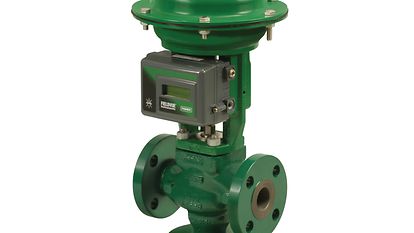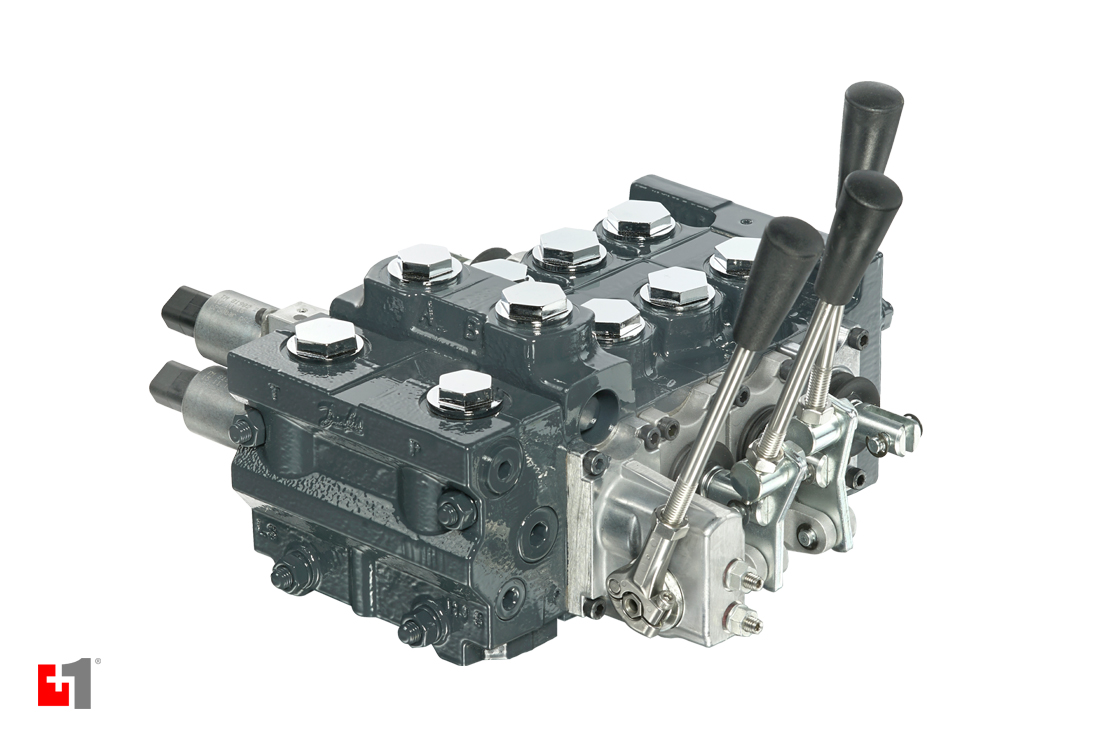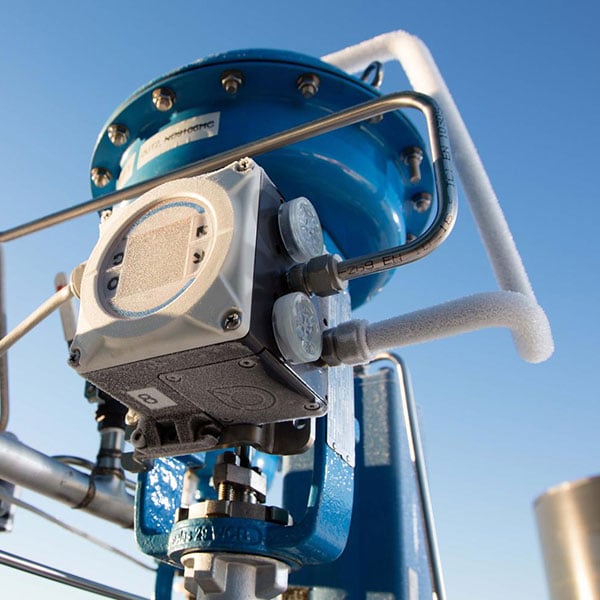The Function of Control Valves in Liquid Circulation Management Solution
The Function of Control Valves in Liquid Circulation Management Solution
Blog Article

Maximize Power Cost Savings and Convenience With Advanced Building Automation Controls
In the realm of modern-day design and facility administration, the integration of innovative building automation controls stands as a critical development. By taking advantage of the power of automation, buildings can adjust, respond, and progress in means that were as soon as unimaginable.
Power Performance Perks
Energy efficiency benefits can substantially reduce energy intake and functional costs in structures. Energy-efficient systems, such as innovative structure automation controls, can maximize the usage of resources like lighting, home heating, and air conditioning, leading to lower power expenditures over time.
Moreover, enhanced power performance can lengthen the life expectancy of building devices and systems. By running extra effectively, cooling and heating systems, light, and other building parts experience less wear and tear, resulting in minimized upkeep and replacement prices. In addition, energy-efficient structures frequently regulate higher residential or commercial property worths and rental prices, offering long-term economic advantages to owners.
Additionally, energy efficiency can enhance resident convenience and efficiency. Properly regulated interior settings with ideal lights and thermal problems create a more positive and helpful work area, resulting in boosted employee contentment and performance. In general, the power efficiency benefits associated with sophisticated building automation controls are diverse, encompassing price financial savings, environmental stewardship, and occupant health.
Boosted Convenience Control
Enhancing comfort control in structure atmospheres needs an advanced integration of sophisticated automation systems for optimal resident well-being. By using sophisticated building automation controls, centers can customize the interior atmosphere to satisfy the specific requirements and choices of residents. control valves.
Boosted convenience control surpasses basic temperature level changes. It consists of functions such as tailored settings, tenancy sensors, and natural light usage to develop a vibrant and responsive environment. By integrating these advanced controls, buildings can not just enhance comfort yet likewise boost energy efficiency by optimizing system operations based upon real occupancy and usage patterns. Inevitably, prioritizing occupant convenience via sophisticated automation systems brings about a much more enjoyable and much healthier interior environment.
Operational Performance Improvements

Furthermore, the application of real-time surveillance and analytics tools enables building operators to determine power inefficiencies and functional abnormalities without delay. By continually checking power use patterns and system efficiency metrics, adjustments can be made in real-time to maximize energy consumption and make certain peak functional effectiveness. control valves. Additionally, including demand action approaches right into structure automation controls can additionally enhance functional effectiveness by dynamically changing power usage based on grid problems and prices signals
Indoor Environment Optimization
Effective interior environment optimization is a fundamental facet of building automation controls, making sure owners' comfort and health while making best use of power savings. By making use of advanced sensors and controls, developing automation systems can continually readjust and keep track of temperature level, humidity levels, air high quality, and air flow to produce an optimal interior atmosphere. Preserving comfy and constant conditions not just boosts passenger satisfaction however likewise improves efficiency and total well-being.
Indoor climate optimization also plays a crucial function in energy efficiency. By fine-tuning air flow, air conditioning, and home heating systems based on real-time information and occupancy patterns, constructing automation controls can considerably decrease energy consumption - control valves. For circumstances, implementing approaches such as demand-controlled ventilation and thermal zoning can Recommended Site assist decrease energy waste while ensuring that each location of the building obtains the needed conditioning.

Lasting Setting Creation
Structure automation controls not only optimize indoor environment problems for energy efficiency and resident convenience however likewise lay the structure for producing a sustainable environment via calculated management of systems and resources. By incorporating advanced building automation modern technologies, such as sensors, actuators, and intelligent software application, centers can adjust and keep track of energy usage in real-time to decrease waste and reduce their carbon footprint. These systems allow anticipating upkeep, recognizing potential problems before they rise and optimizing tools efficiency to improve long life and performance.
In addition, sustainable atmosphere creation extends beyond energy monitoring to include water conservation, waste decrease, and indoor air top quality enhancement. Structure automation controls can control water usage, discover leaks, and make sure appropriate waste disposal techniques, adding to general sustainability efforts. Additionally, by keeping track of and controlling ventilation and filtration systems, these technologies boost passenger health and wellness and productivity while lowering energy intake linked with a/c operations.
Conclusion
Finally, progressed building automation regulates offer substantial benefits in regards to energy financial savings, convenience control, operational performance, interior climate optimization, and developing a sustainable atmosphere. By applying these controls, buildings can accomplish optimum performance while lowering power intake and enhancing resident comfort. It is obvious that making use of innovative automation innovation is critical in enhancing building efficiency and creating a more lasting future.
Power effectiveness benefits can significantly reduce energy usage and functional costs in structures. Overall, the power performance advantages connected with innovative building automation controls are complex, encompassing cost financial savings, environmental stewardship, and owner well-being.
Additionally, integrating demand response strategies into structure automation controls can better improve functional performance by dynamically readjusting energy use based on grid problems and pricing signals.
Building automation regulates not just maximize interior climate problems for power effectiveness and passenger convenience however also lay the foundation for creating a sustainable environment with critical administration of systems and resources.In conclusion, advanced structure automation Go Here manages deal substantial advantages in terms of power financial savings, comfort control, functional effectiveness, indoor climate optimization, and creating a sustainable setting.
Report this page